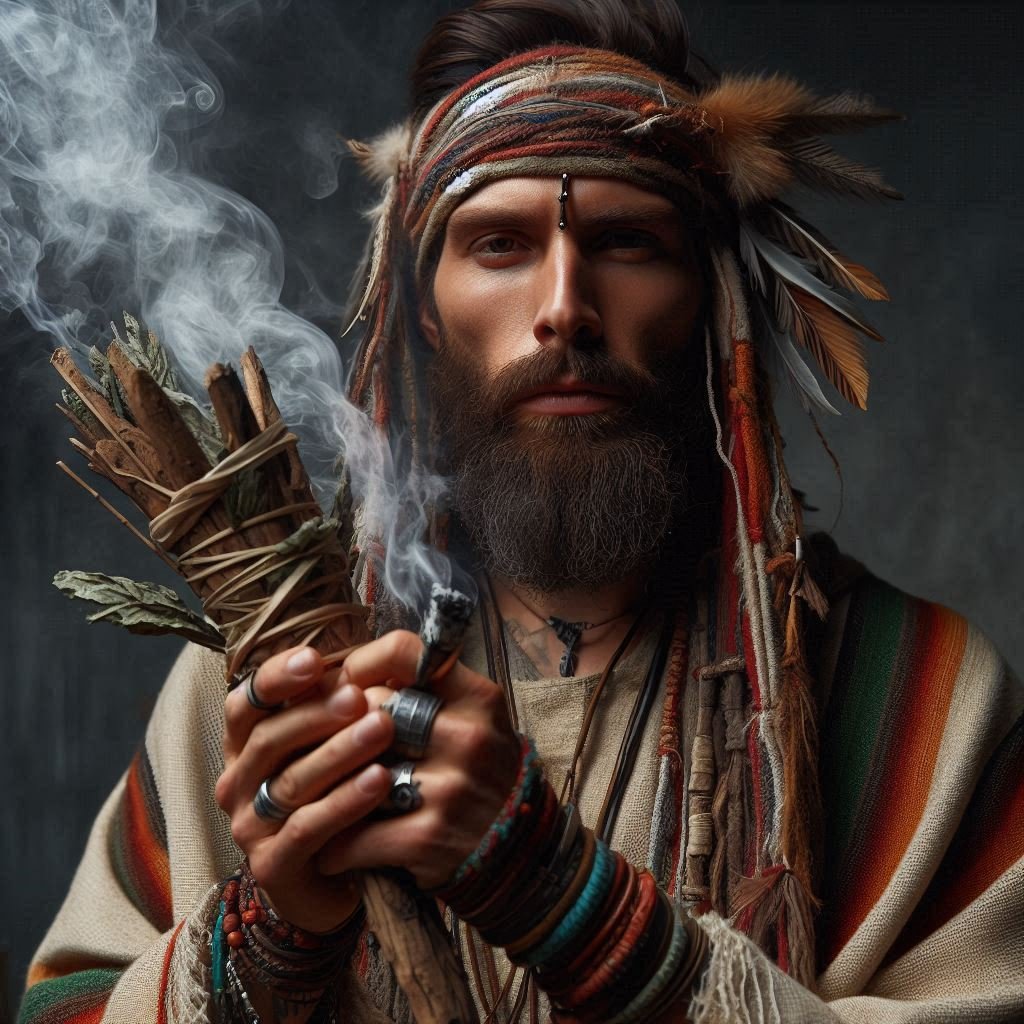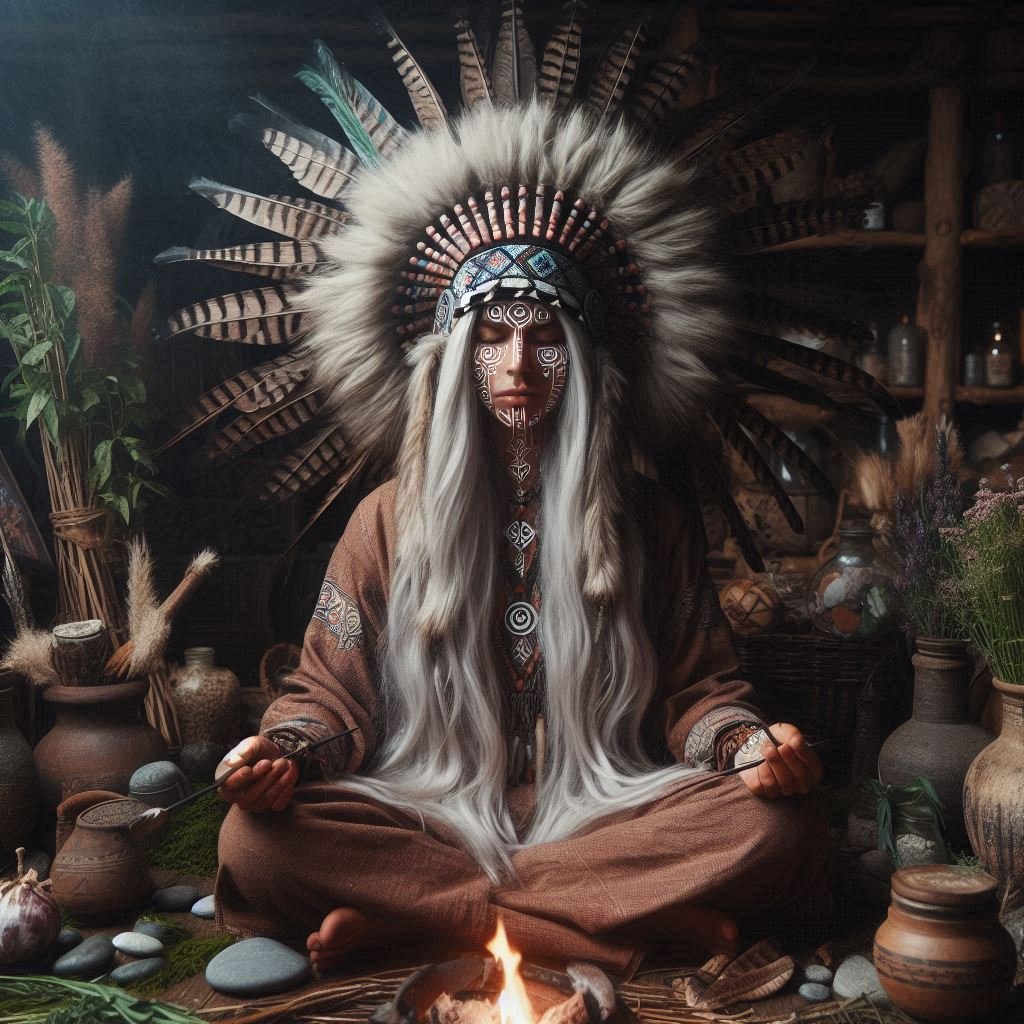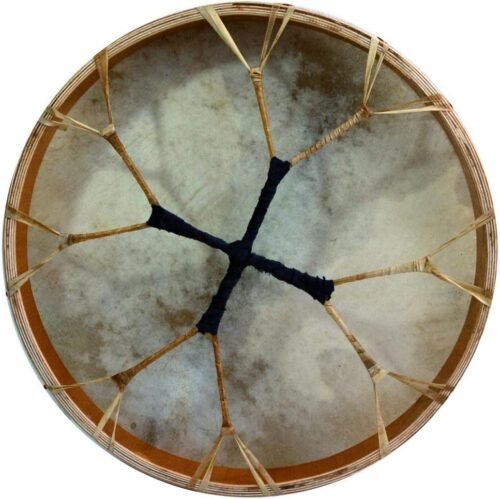
North American Shamanism in 2004
Unveiling the Mysteries of the Shaman and Shamanism: Exploring Ancient Wisdom and Modern Practices
What is a Shaman? What is Shamanism? Embark on a journey through the veils of time and culture, into the realm of Shamanism. This ancient spiritual practice, steeped in mysticism and tradition, has traversed continents and centuries, leaving an indelible mark on the tapestry of human spirituality.
Origins of the Shaman
Shamanism, often regarded as humanity’s oldest spiritual practice, finds its origins in the primordial depths of prehistoric consciousness. Emerging from the collective human psyche, Shamans were revered as intermediaries between the material world and the realm of spirits. Their role encompassed healing, divination, and guidance, drawing upon the intricate web of nature’s energies.
Exploring Historical Examples of Shamanism
Throughout history, diverse cultures have embraced Shamanism, each weaving its unique tapestry of beliefs and practices. From the Siberian Tungus to the indigenous tribes of the Americas, Shamanic traditions have thrived, adapting to the landscapes of their respective homelands. Historical figures like the Siberian Tuvan Shamanism, the Inuit Angakkuq, or the South American Ayahuasqueros stand as testament to the enduring legacy of Shamanic wisdom.

Ancient Shamanism
Diverse Shamanic Cultures
Shamanism’s footprint spans the globe, manifesting in myriad forms across continents. In Africa, the Sangoma of South Africa and the Dagara of West Africa commune with ancestral spirits, guiding their communities through the ebb and flow of life. The indigenous peoples of Australia, with their Dreamtime stories and connection to the land, embody a profound reverence for the natural world. In Asia, the Shamans of Mongolia and Korea navigate the realms of spirits, offering solace and insight to those in need.
Shaman Practices and Beliefs
Central to Shamanic practice is the belief in interconnectedness – the notion that all beings, animate and inanimate, are bound by a sacred thread of existence. Rituals such as drumming, chanting, and trance-inducing dances serve as gateways to altered states of consciousness, where Shamans commune with the unseen forces of the universe. Plant medicines like ayahuasca in the Amazon or peyote in North America are revered as sacraments, facilitating profound spiritual insights and healing.
Modern Resurgence of Shamanism
In the wake of modernity, Shamanism has experienced a resurgence, as seekers yearn to reconnect with the wisdom of their ancestors and the rhythms of the natural world. From urban Shamanic practitioners offering healing ceremonies to wilderness retreats led by indigenous elders, the essence of Shamanism continues to permeate contemporary spirituality. In a world plagued by disconnection and discord, the Shaman’s message of harmony and balance resonates more deeply than ever before.
The Future of the Shaman
As we traverse the labyrinthine corridors of time and culture, we encounter the timeless wisdom of Shamanism – a testament to the enduring power of the human spirit to transcend, to heal, and to unite. In the dance of light and shadow, amidst the cacophony of modern life, the Shaman’s song whispers through the ages, beckoning us to remember our innate connection to all that is. Embark on this journey, dear seeker, and may you find solace and illumination in the sacred mysteries of Shamanism.













[…] Archaic Techniques of Ecstasy,” Mircea Eliade notes the central role of jewelry in shamanic practices, stating that “amulets and charms are worn by the shaman to establish a connection with the […]